Three Aud - Impacted
Every strategic storyteller needs to feel the pain of the problem.
To assist you in crafting a compelling story that connects your content with your audience, you need to determine the smallest number of people who can have the most significant impact on what happens next for you and your content.
So far, we have looked at the role of the Connector and the Influencer in detail. The Connector is the one role that needs to be in the room, and while the Influencer may only sometimes be physically present, their ability to influence what happens next will always be there.
I shared the idea of imagining your audience as three people sitting around a table with you, and the third and final seat is occupied by the role most impacted by the problem that your content should be directed towards solving.
Problems are the gateway to value.
Knowing what this problem is and who cares about it is critical to the setup and flow of your story. It is also crucial to determine and elevate the value of your content.
It is the one thing that unites all three audiences. While the Connector and Influencer have other wants and needs based on their roles, everyone around your table wants to know how you can help solve the problem. It is the most transparent of the needs because it is known and shared by all.
Who feels the pain of the problem?
Let’s take a closer look at the Impacted person and how their role shapes how you prepare your story and the flow of the presentation.
The person in this role feels the pain of this problem and has one primary motivation: to find a solution. Their secondary motivation is to avoid being exposed by getting this wrong. They are looking at the risks in contrast to the benefits. To them, these risks can carry personal implications – making a mistake and being judged by peers.
If they are present during the presentation, the Impacted may be indifferent. They may be giving little away but taking many notes. They want the best solution and constantly ask themselves, ‘Does what I see help me solve this problem? Does this help me move forward?’ ‘What could go wrong, and how would that reflect on me?’
It should be clear how you help them.
Knowing how your content delivers against this before you structure your presentation is critical to ensuring that this never becomes a question that forms into an unspoken objection. Everything you say and show should clearly demonstrate its role in helping them move forward.
If they are not in the room, you now need to get this across through someone else presenting your content, and that is why structuring your story to make this unequivocally clear is critical.
The key questions to consider are:
What is the main problem you need to solve?
Who is most impacted by this?
What are the implications of this for them personally and for the broader business?
How does what you do/know solve this problem? This is the pathway to your benefits.
What change do you see as being possible, and what happens to the problem if they work with you?
How can your solution make them look good, and how can you ensure this looks risk-free to them?
How can you make it as easy as possible for them to convey how your content helps solve their problem?
Make it all about them.
Being able to walk in your audience's shoes, shifting your perspective from what you have to say or sell, what you need to get across, to what they need from you will fundamentally change not just what you say but also how you say it.

